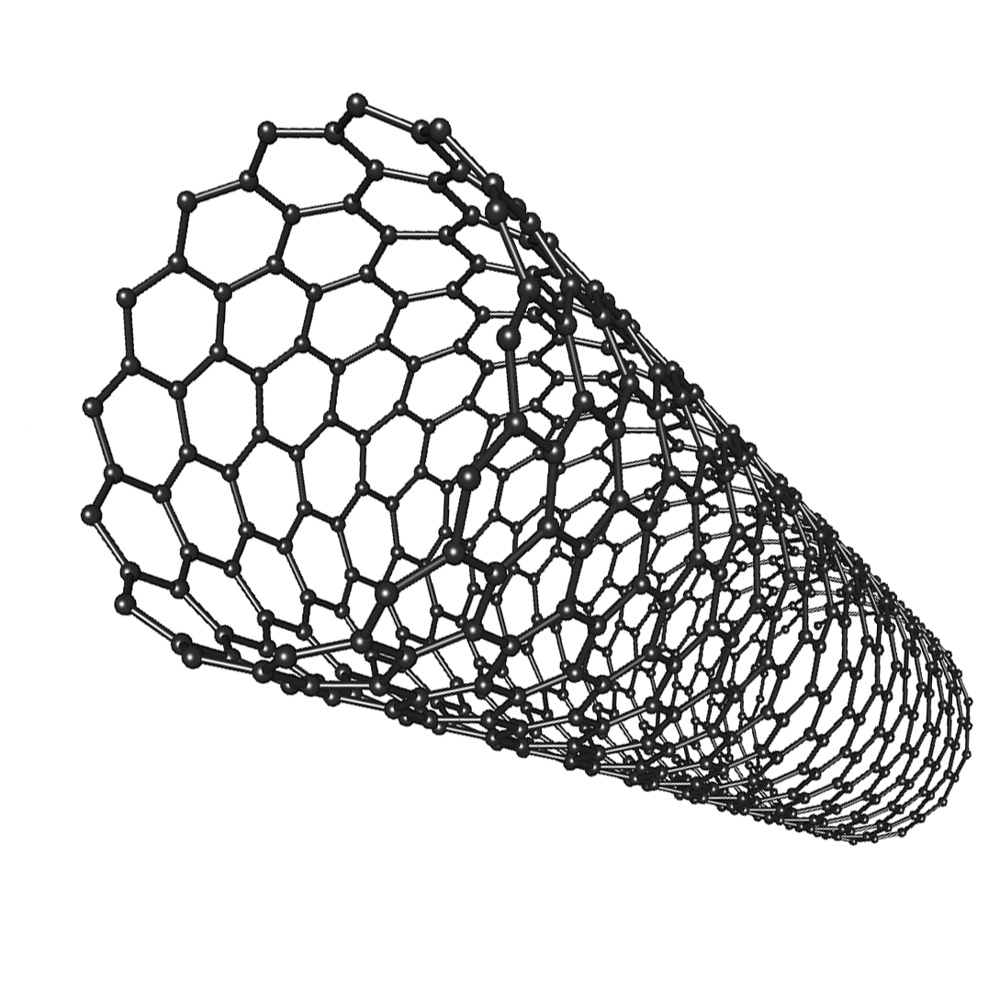Carbon nanotubes embedded in leaves detect chemical signals that are produced when a plant is damaged
Date: 20.4.2020
MIT engineers have developed a way to closely track how plants respond to stresses such as injury, infection, and light damage, using sensors made of carbon nanotubes. These sensors can be embedded in plant leaves, where they report on hydrogen peroxide signaling waves.
 Plants use hydrogen peroxide to communicate within their leaves, sending out a distress signal that stimulates leaf cells to produce compounds that will help them repair damage or fend off predators such as insects. The new sensors can use these hydrogen peroxide signals to distinguish between different types of stress, as well as between different species of plants.
Plants use hydrogen peroxide to communicate within their leaves, sending out a distress signal that stimulates leaf cells to produce compounds that will help them repair damage or fend off predators such as insects. The new sensors can use these hydrogen peroxide signals to distinguish between different types of stress, as well as between different species of plants.
"Plants have a very sophisticated form of internal communication, which we can now observe for the first time. That means that in real-time, we can see a living plant's response, communicating the specific type of stress that it's experiencing," says Michael Strano, the Carbon P. Dubbs Professor of Chemical Engineering at MIT.
This kind of sensor could be used to study how plants respond to different types of stress, potentially helping agricultural scientists develop new strategies to improve crop yields. The researchers demonstrated their approach in eight different plant species, including spinach, strawberry plants, and arugula, and they believe it could work in many more.























